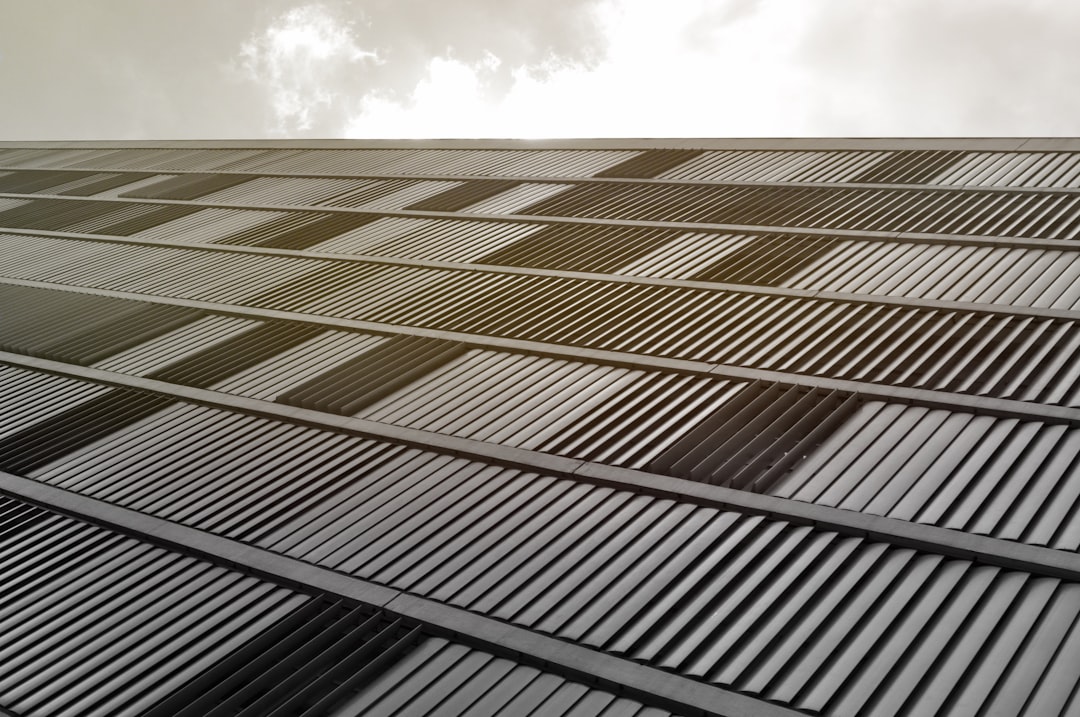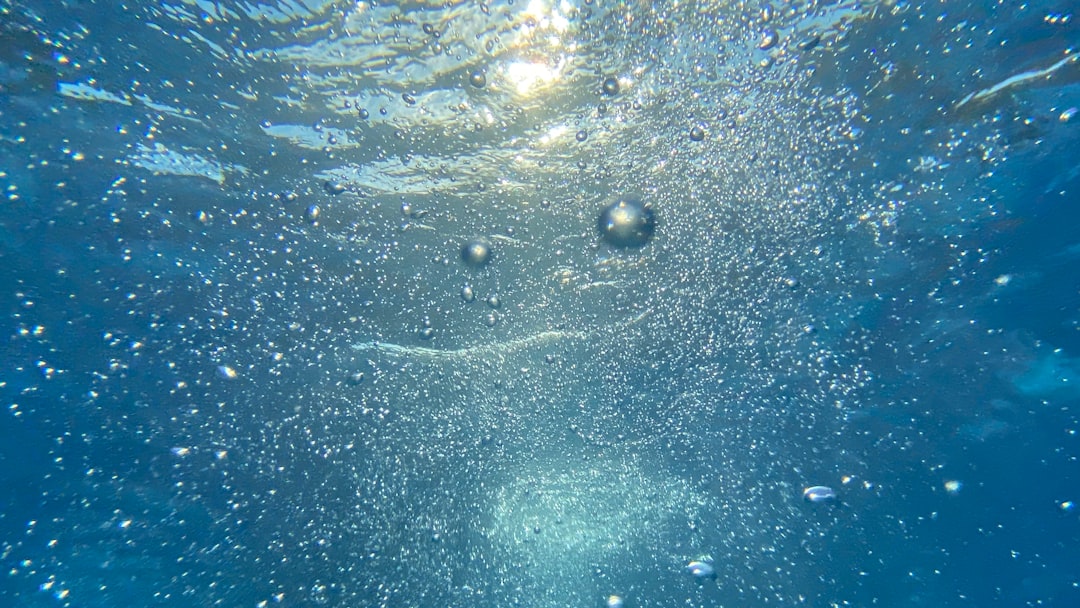What is it about?
Developments of different microstructural features and changes in physico-mechanical properties under different thermal regimes have been identified. Development of thermal stress-induced intergranular and intragranular micro-cracks, evaporation of organic matters, and dehydration and thermal decomposition of minerals are found inmoderate temperature regime (300–500 °C) resulting in increased porosity and a sharp reduction in seismic wave velocities, uniaxial compressive strength, tensile strength and elastic parameters. Phase transformation of quartz, recrystallization and partial melting of cement and phyllosilicates that filled some of the existing micro-cracks, resulted in a local change of porosity, strength and elastic properties in high temperature regime (500–800 °C).
Featured Image
Why is it important?
Quantifying the effect of high-temperature treatment on the physico-mechanical, mineralogical and microstructural properties of rocks is important for applications in the areas of underground coal gasification, radioactive waste depository, recovery of geothermal energy, and assessments of mechanical stability of fire-damaged buildings and subsidence induced by underground coalmine fire.
Read the Original
This page is a summary of: Effects of Elevated Temperatures on the Microstructural, Physico-Mechanical and Elastic Properties of Barakar Sandstone: A Study from One of the World’s Largest Underground Coalmine Fire Region, Jharia, India, Rock Mechanics and Rock Engineering, January 2021, Springer Science + Business Media,
DOI: 10.1007/s00603-020-02315-9.
You can read the full text:
Contributors
The following have contributed to this page










